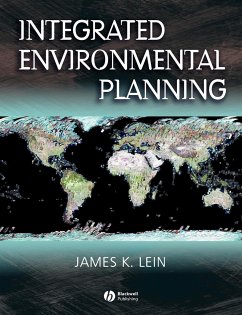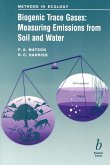Integrated Environmental Planning presents a fresh, comprehensive approach to the diverse and dynamic world of environmental planning. In this accessible book, James Lein offers an essential guide to the mechanics of making a plan; introducing both the method and the tools necessary to environmental planning. Essential theoretical concepts are tied to understandable real-world examples. The latest planning technologies and methodologies, such as GIS and computer modeling, are integrated to offer the crucial "need to know" information for students and environmental professionals. Throughout, Lein maintains a strong focus on the environmental principles that guide planning. In this clear and straightforward style, Lein closes the gap between theory and practice, technology and application, principle and plan. Through its scope and uniquely well-balanced content, Integrated Environmental Planning stands as an ideal introduction to environmental planning.
Hinweis: Dieser Artikel kann nur an eine deutsche Lieferadresse ausgeliefert werden.
Hinweis: Dieser Artikel kann nur an eine deutsche Lieferadresse ausgeliefert werden.








